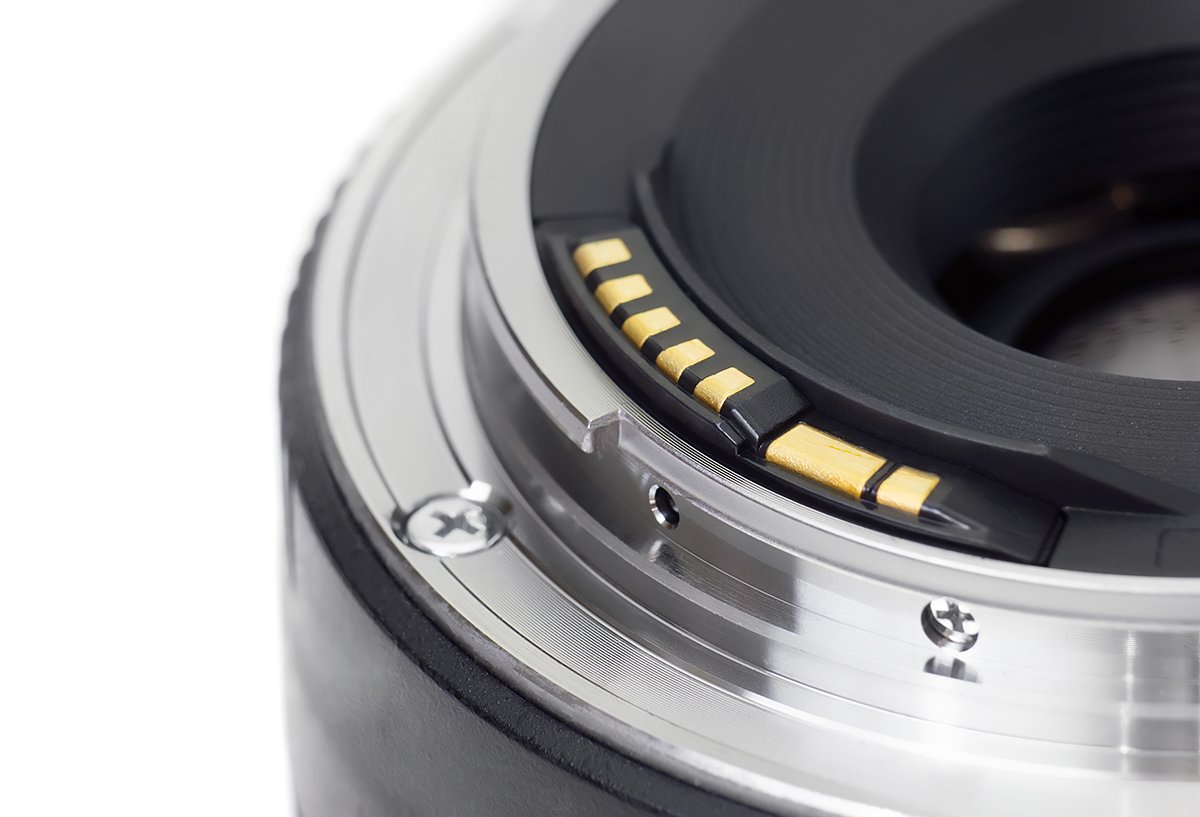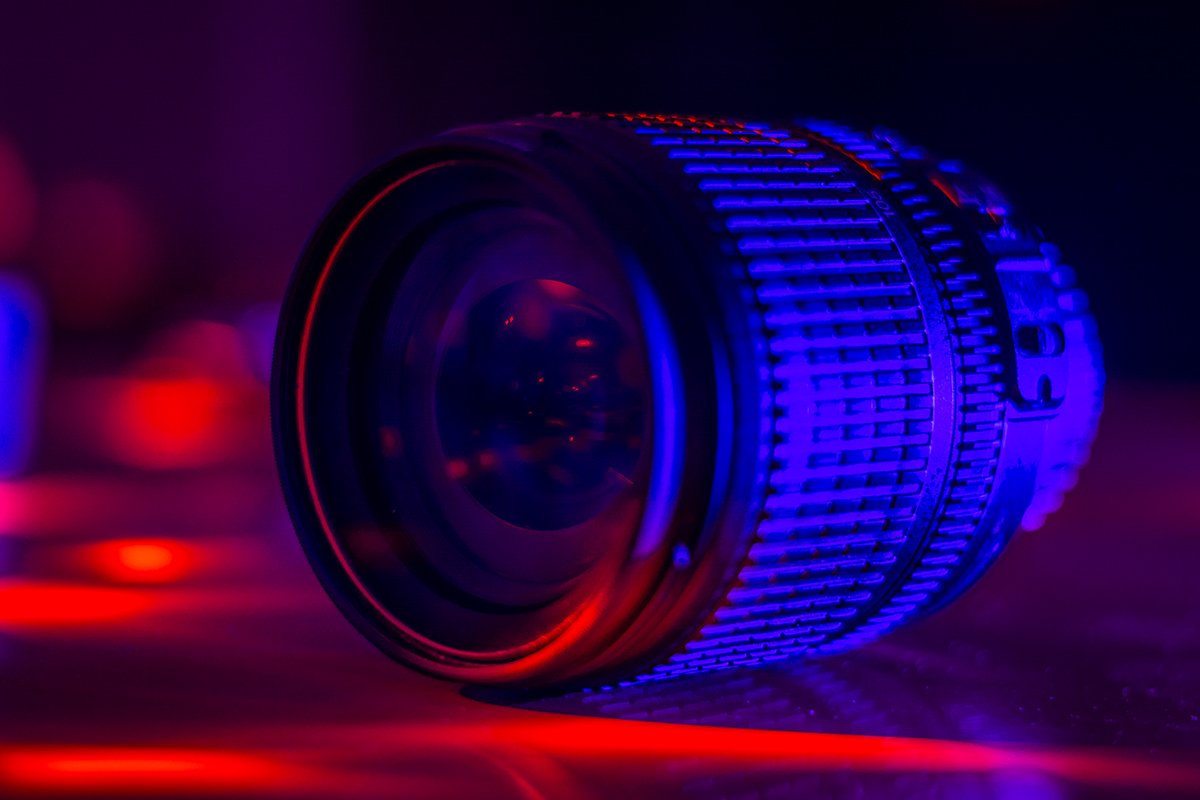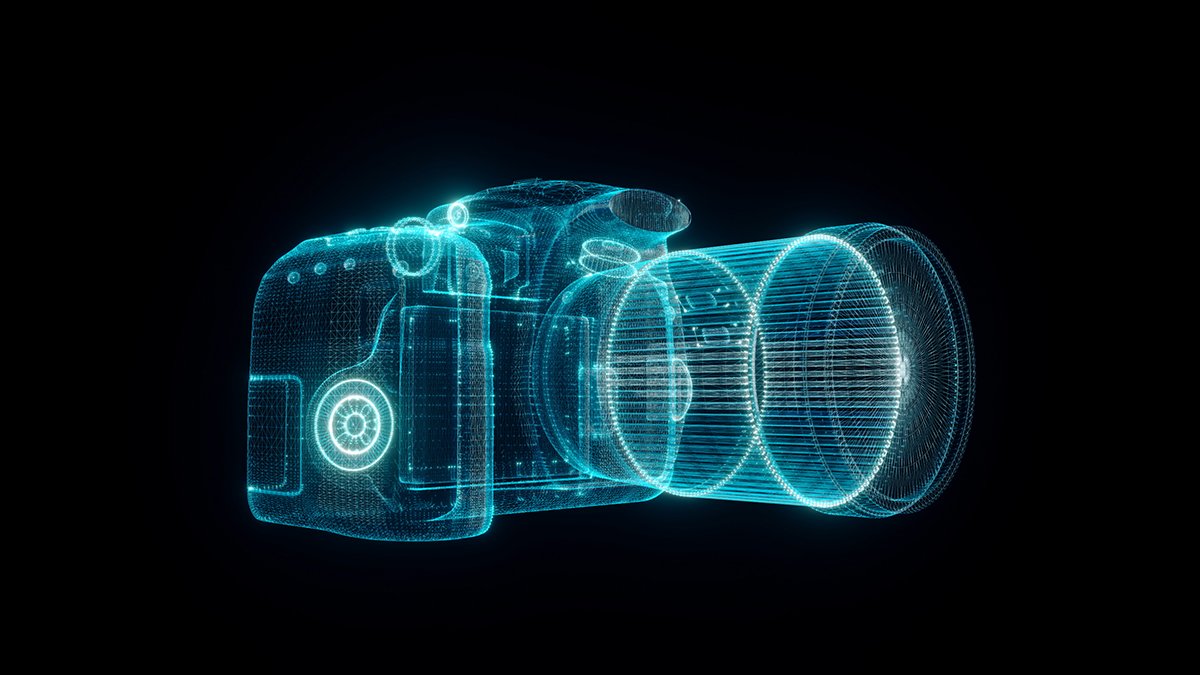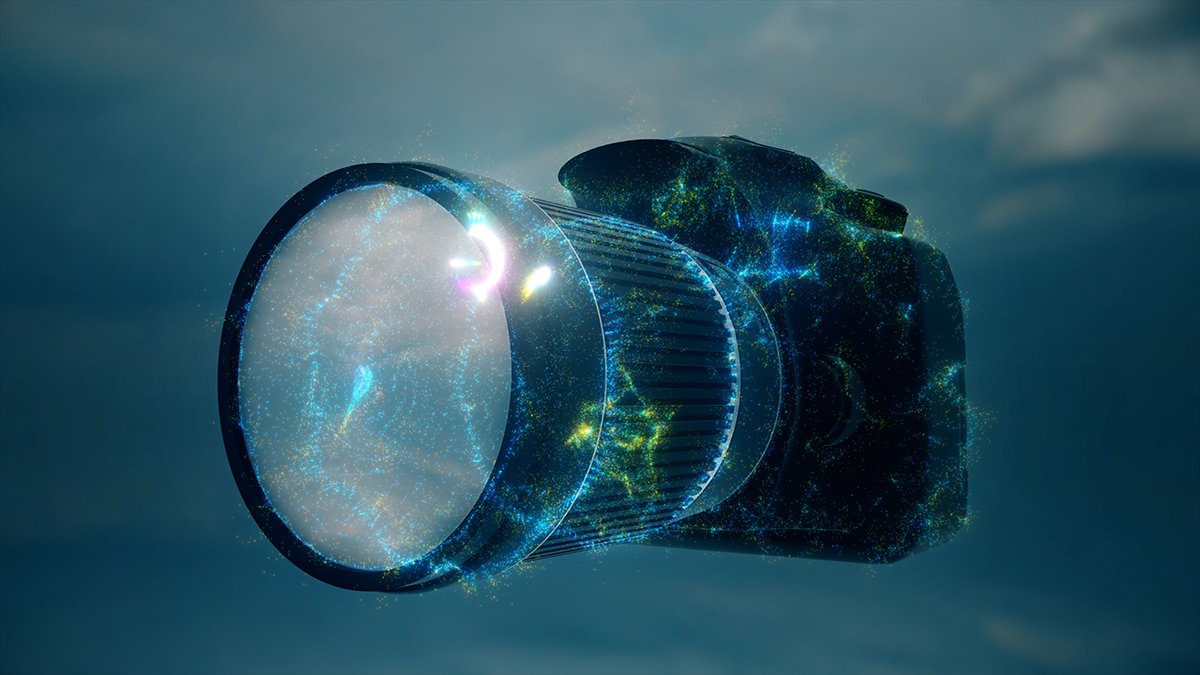The Ultimate Guide to Choosing the Right Camera Lenses
Introduction
When it comes to photography, the lens you choose can make all the difference. With so many different types of lenses available, it can be overwhelming to decide which one is right for you and your photography needs. In this blog post, we’ll dive into the different types of camera lenses, the advantages and disadvantages of each, and how to choose the right lens for your specific situation.
What is a Lens?
A lens is a piece of glass that has been shaped and polished to magnify or filter light. It is then constructed to become an optical instrument. Lenses come in all different shapes and sizes, each with its own unique characteristics and capabilities.

Types of Lenses
There are two main types of camera lenses: prime lenses and zoom lenses.
Prime Lenses Prime lenses have a fixed focal length and are often of higher quality and produce better results than zoom lenses. However, the fixed focal length can be restrictive, and they are generally smaller in size as they have less moving parts. The advantages of a prime lens include sharper images, faster aperture, and more compact size. However, the disadvantages include limited focal length options and the need to physically change lenses to adjust focal length.
Zoom Lenses Zoom lenses have a variable focal length and consist of moving parts, making them larger than prime lenses. They are often more expensive due to the wider range they cover, but they can produce lesser quality images than prime lenses. The advantages of a zoom lens include the ability to change focal length without changing lenses and the convenience of having multiple focal lengths in one lens. The disadvantages include larger size and potential for image degradation.

Focal Length
Different lenses have different focal lengths, and each is suited to different circumstances.
Ultra Wide Angle:
These lenses have a focal length of 8mm to 24mm and are often used for landscape and architectural photography. However, they can produce distortion in images.
Wide Angle:
These lenses have a focal length of 24mm to 35mm and are often used for landscape and street photography. They provide a wide angle of view and are great for capturing large scenes.
Standard:
These lenses have a focal length of 35mm to 85mm and are often referred to as “normal” lenses. They provide a similar perspective to the human eye and are versatile for a variety of photography types.
Short Telephoto:
These lenses have a focal length of 85mm to 135mm and are great for portrait photography as they provide a flattering perspective and compress features.
Telephoto:
These lenses have a focal length of 100mm to 800mm and are often used for wildlife, sports, and other situations where a long focal length is needed.
Sensor Types
Cameras come in two types: crop sensor and full frame. Crop sensor cameras have a smaller sensor, which in turn affects the focal length of a lens. For example, a 50mm lens on a crop sensor camera will have an effective focal length of 75mm. This is known as a crop factor. Full frame cameras have a larger sensor, and the focal length remains the same.

Aperture
One of the most important factors to consider when choosing a camera lens is the aperture. The aperture, represented by the f-stop, controls the amount of light that enters the camera and the depth of field in an image. A wider aperture, represented by a smaller f-stop number, allows more light to enter the camera and creates a shallow depth of field, while a narrower aperture, represented by a larger f-stop number, allows less light and creates a deeper depth of field.
One of the benefits of a wide aperture is the ability to create a bokeh effect, where the background of the image is blurred and the subject is in sharp focus. This can be a desirable effect for portrait and product photography.
Image Stabilisation
Another important factor to consider when choosing a camera lens is image stabilisation. Image stabilisation, also known as vibration reduction, helps to reduce camera shake and produce sharp images in low light or when using a long focal length. Different manufacturers use different terms to describe this feature such as IS (Canon’s Image Stabilisation), VR (Nikon’s Vibration Reduction), OS (Sigma’s Optical Stabilisation) or VC (Tamron’s Vibration Control).
Focusing
When choosing a camera lens, it’s also important to consider the focusing options. There are two main types of focusing: auto focus and manual focus. Auto focus is convenient and often faster, but it may not be compatible with all camera bodies. On the other hand, manual focus gives the photographer more control, but it requires more skill and experience.
Choosing the Right Lens
When choosing a camera lens, it’s important to consider the type of photography you’ll be doing. For example, a 50mm to 100mm lens is a great choice for portrait photography, while a 35mm to 100mm lens is a good choice for fashion photography. Similarly, a 28mm to 35mm lens is a great choice for landscape photography, while an 80mm to 100mm lens is a good choice for product photography.

Buying Second Hand
Another option to consider when purchasing camera lenses is buying second hand. There are advantages and disadvantages to buying second hand lenses. It can save money, but it’s important to check the lens for any damage such as dents, scratches, mould, or loose fittings. It’s also important to look at reviews of the lens to understand its capabilities and limitations.
Conclusion
When it comes to photography, the lens you choose can make all the difference. With so many different types of camera lenses available, it can be overwhelming to decide which one is right for you and your photography needs. By considering factors such as aperture, image stabilisation, focusing, and the type of photography you’ll be doing, you can make an informed decision on which camera lens is right for you. Remember that camera lenses are a longer-term investment than camera bodies, so it’s important to take the time to assess which lenses are suitable for you and don’t just dive in.
Being Technical
The advent of Smartphone devices has created a democratic accessibility to imagery.
However, such modern devices have not (yet) negated the need for experience, creativity and skill.
Shooting images is a challenge to my creative juices but the end results ultimately reflect the nature of each brand and client.
Within your own business there are occasions when your own mobile device will suffice, but, on other occasions, you need a professional to produce images that will create a lasting impression and gain traction for you and your business.
For your own photography you need to be free to do what you do best.
A Smartphone does not always cut it. We can.
Get in touch
The services that I provide to you give you media that is impactful and designed to create a response.
Tapping into my experience starts with you contacting me by clicking here for a no-obligation conversation, or, book an appointment with me on my calendar.
You can review the services that I offer to you within a safe environment during this COVID-19 situation.
Start planning your own event or trade show endeavours with me today.
Lord Pennington-Bailey, Arwyn, of Hougun Manor.
